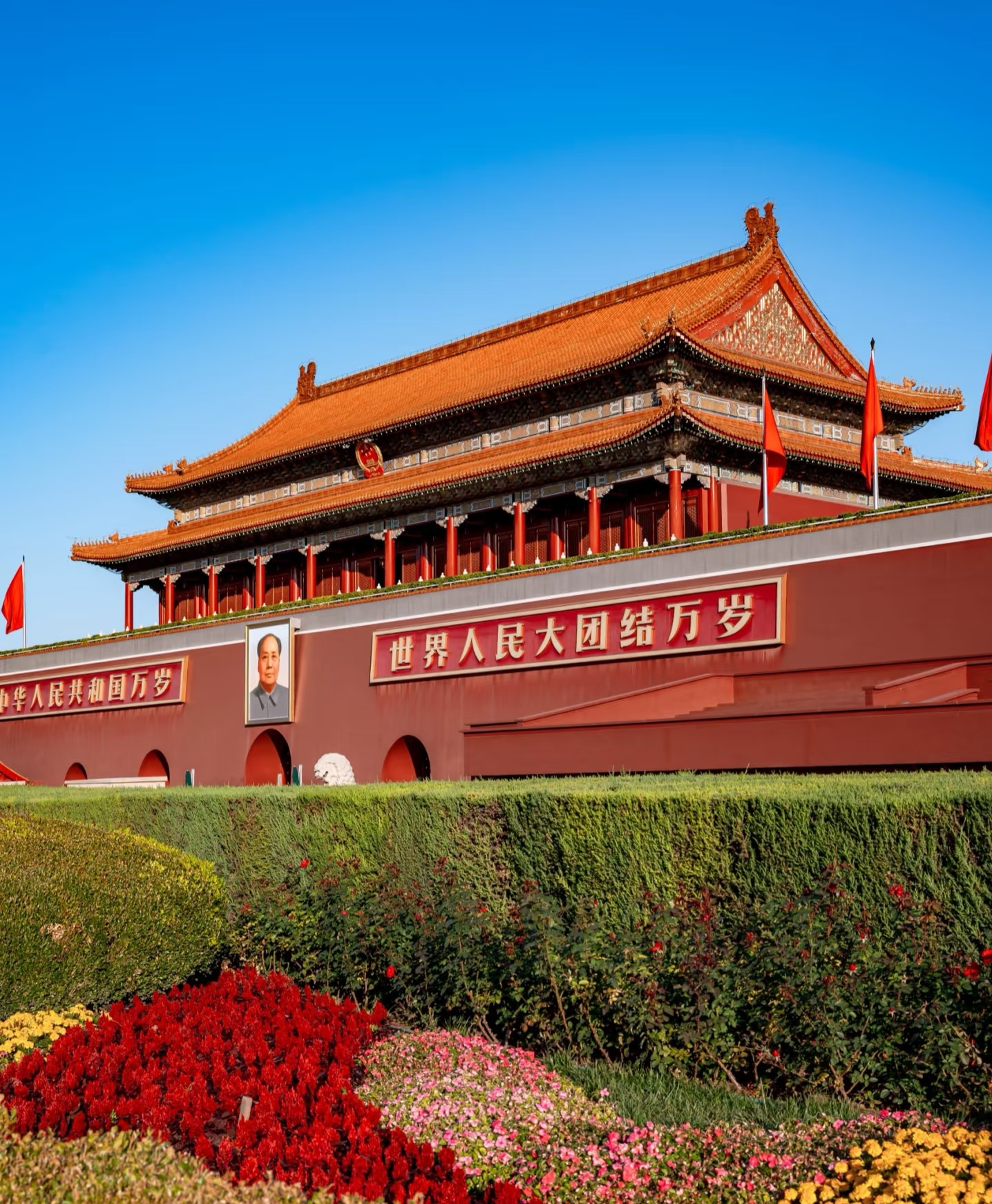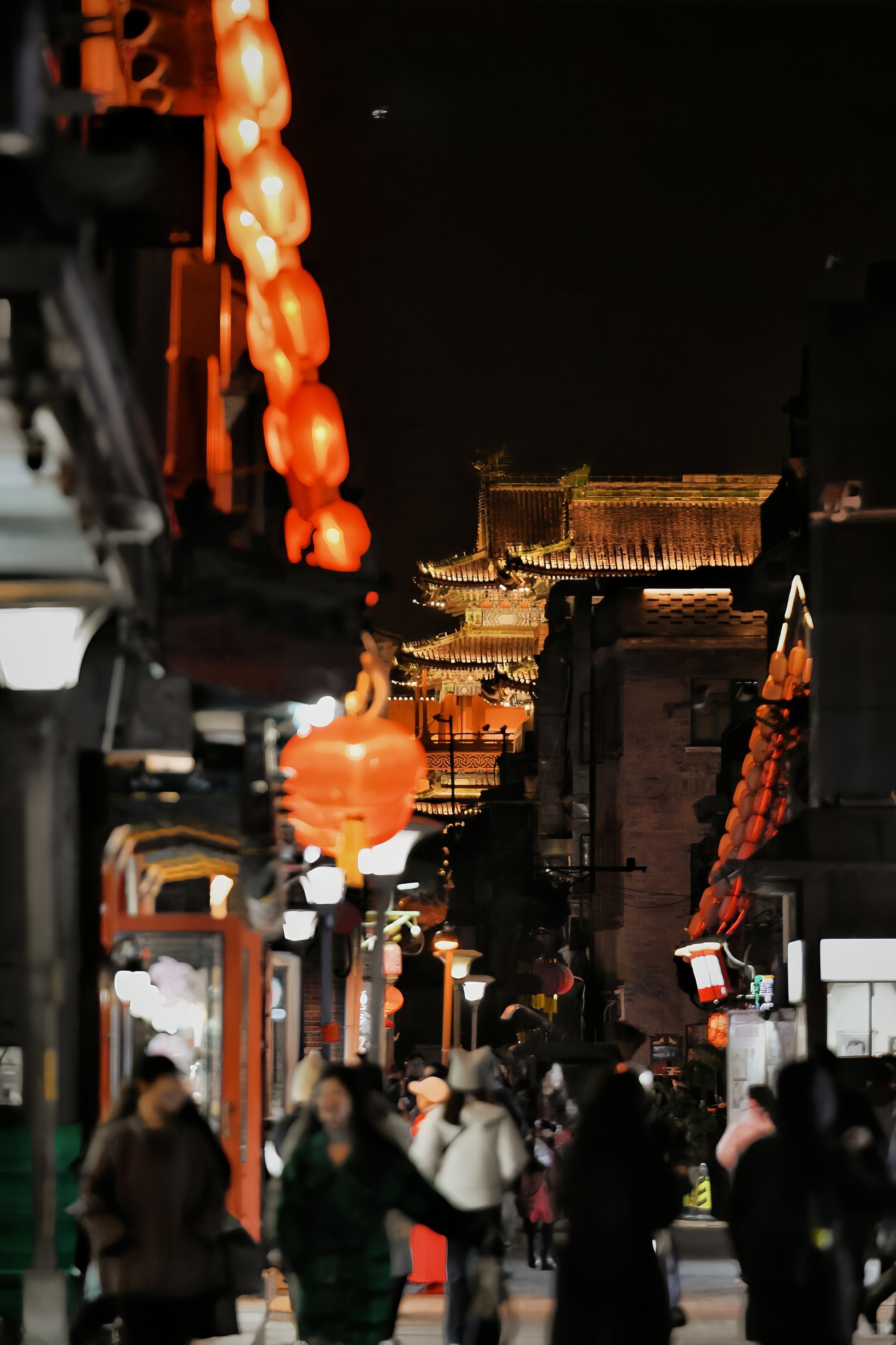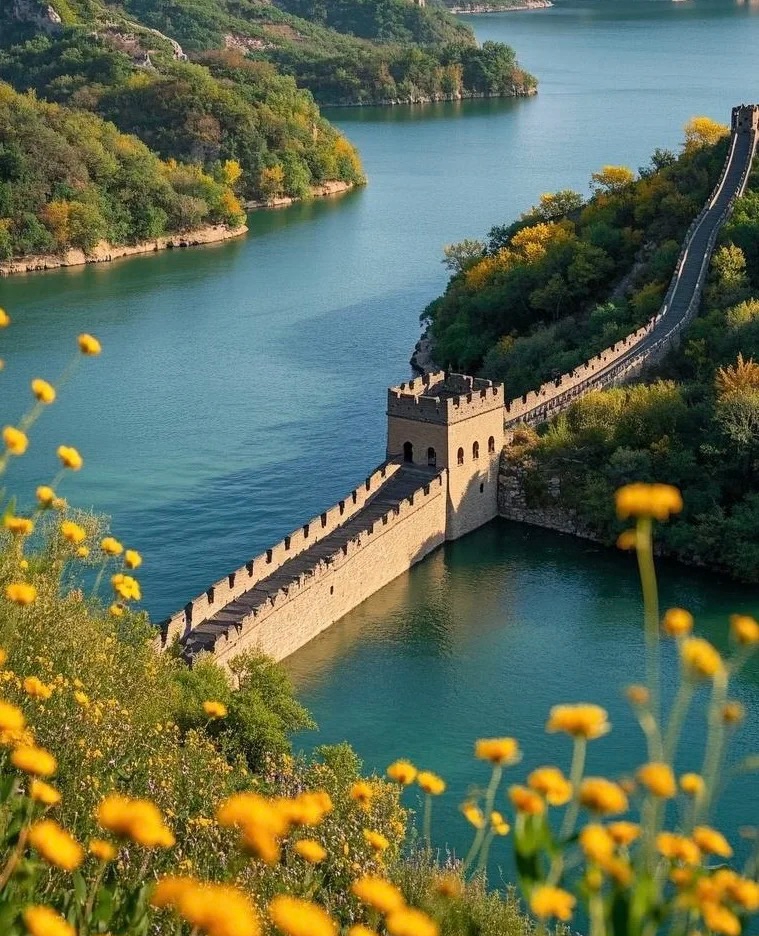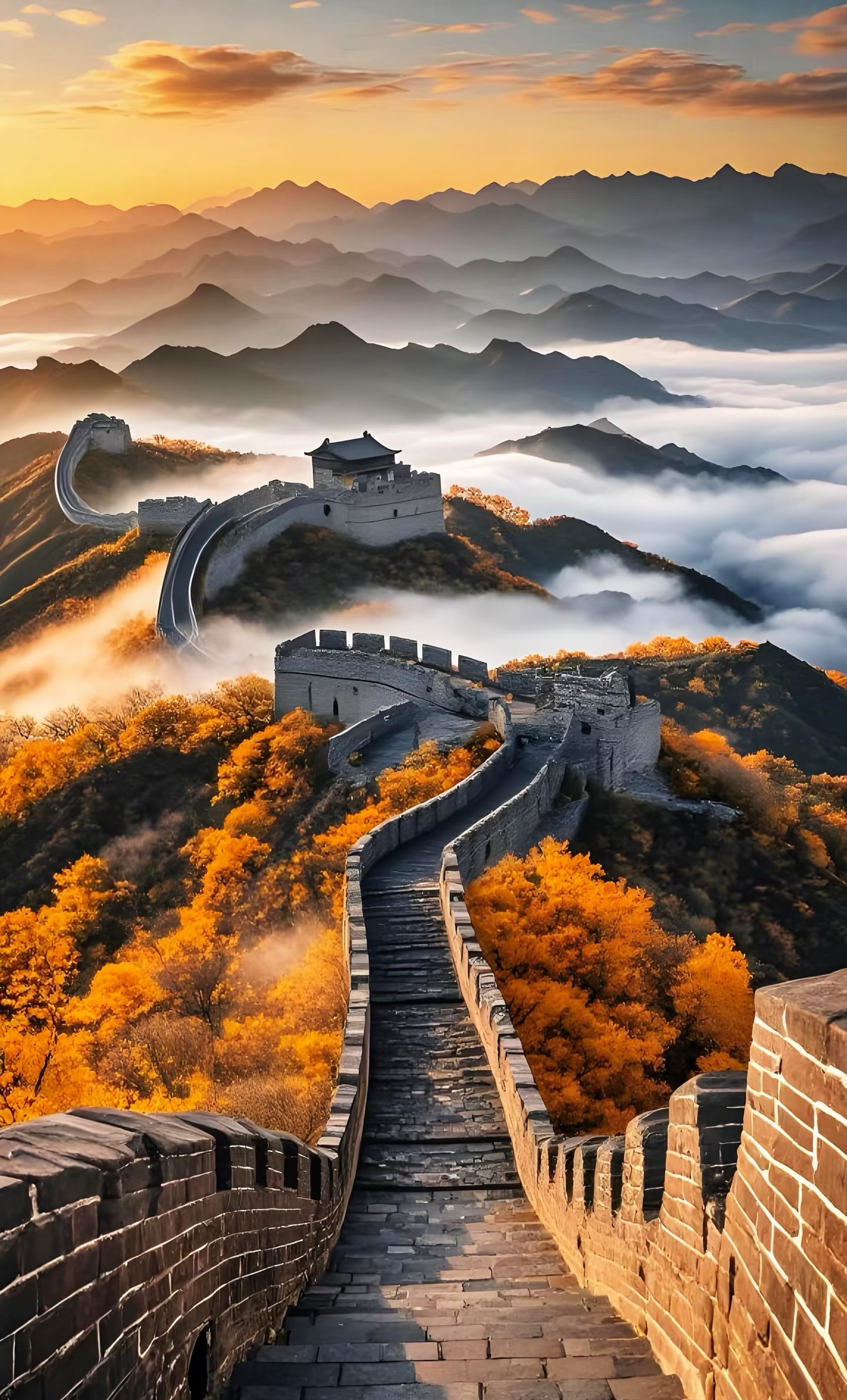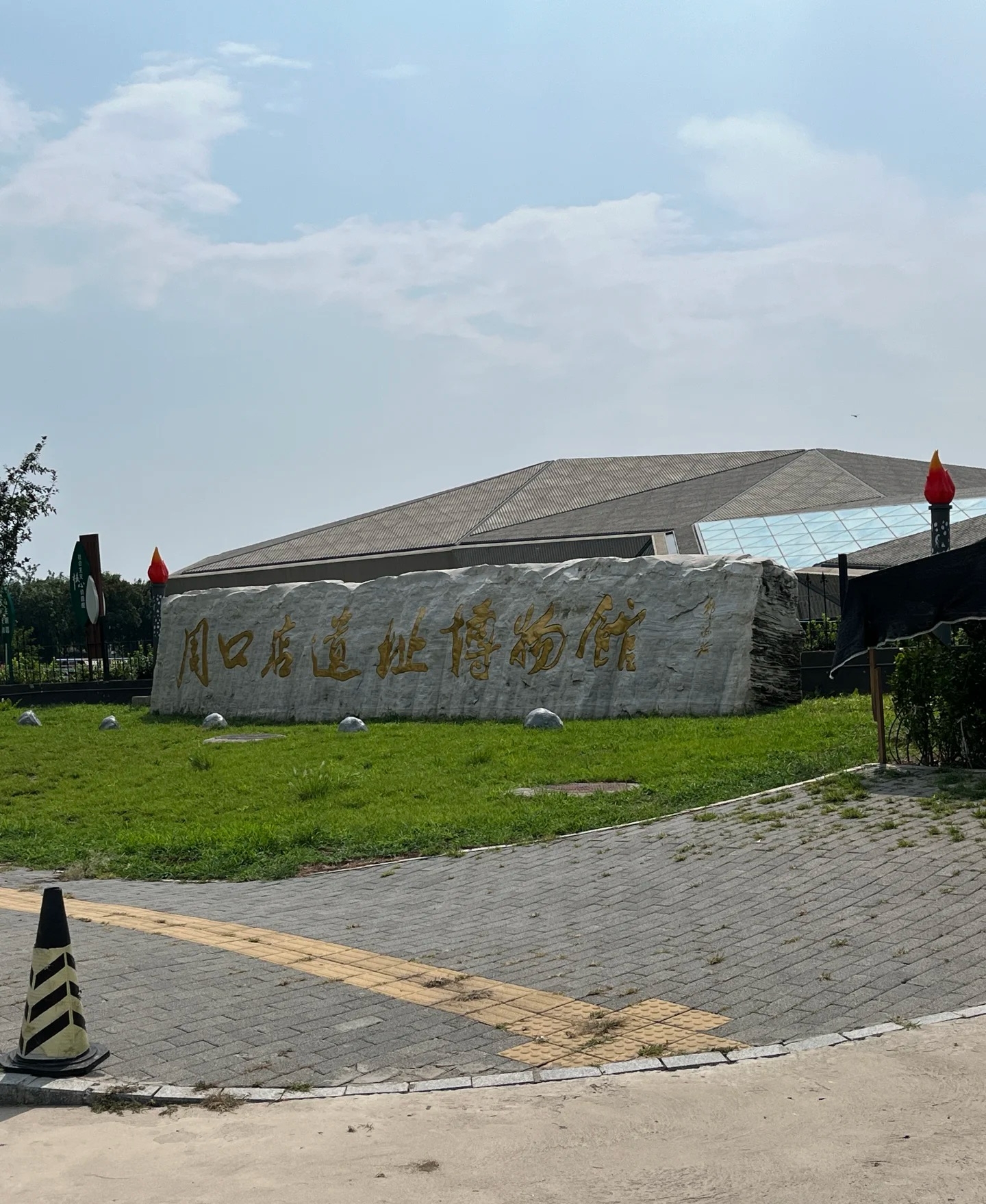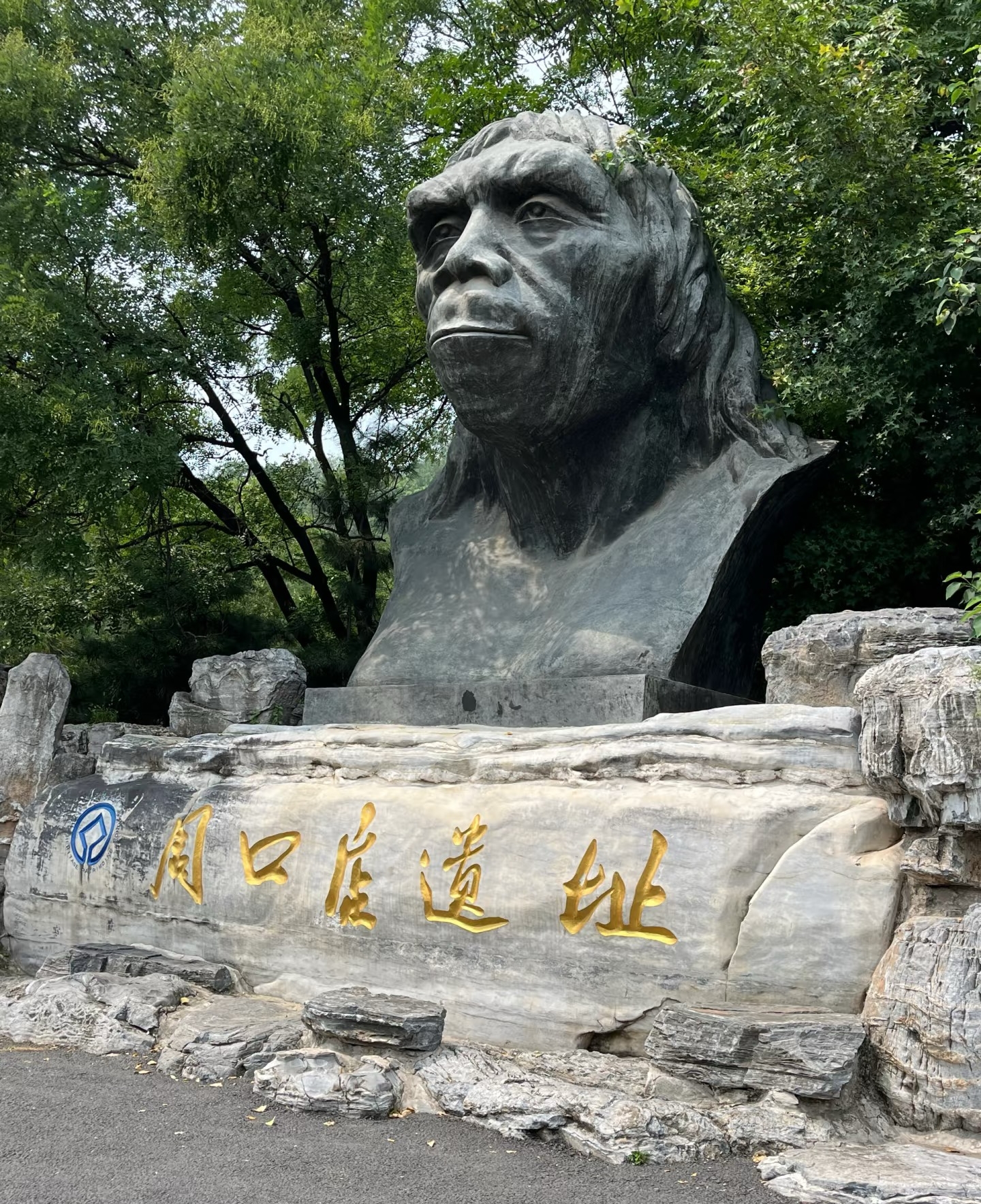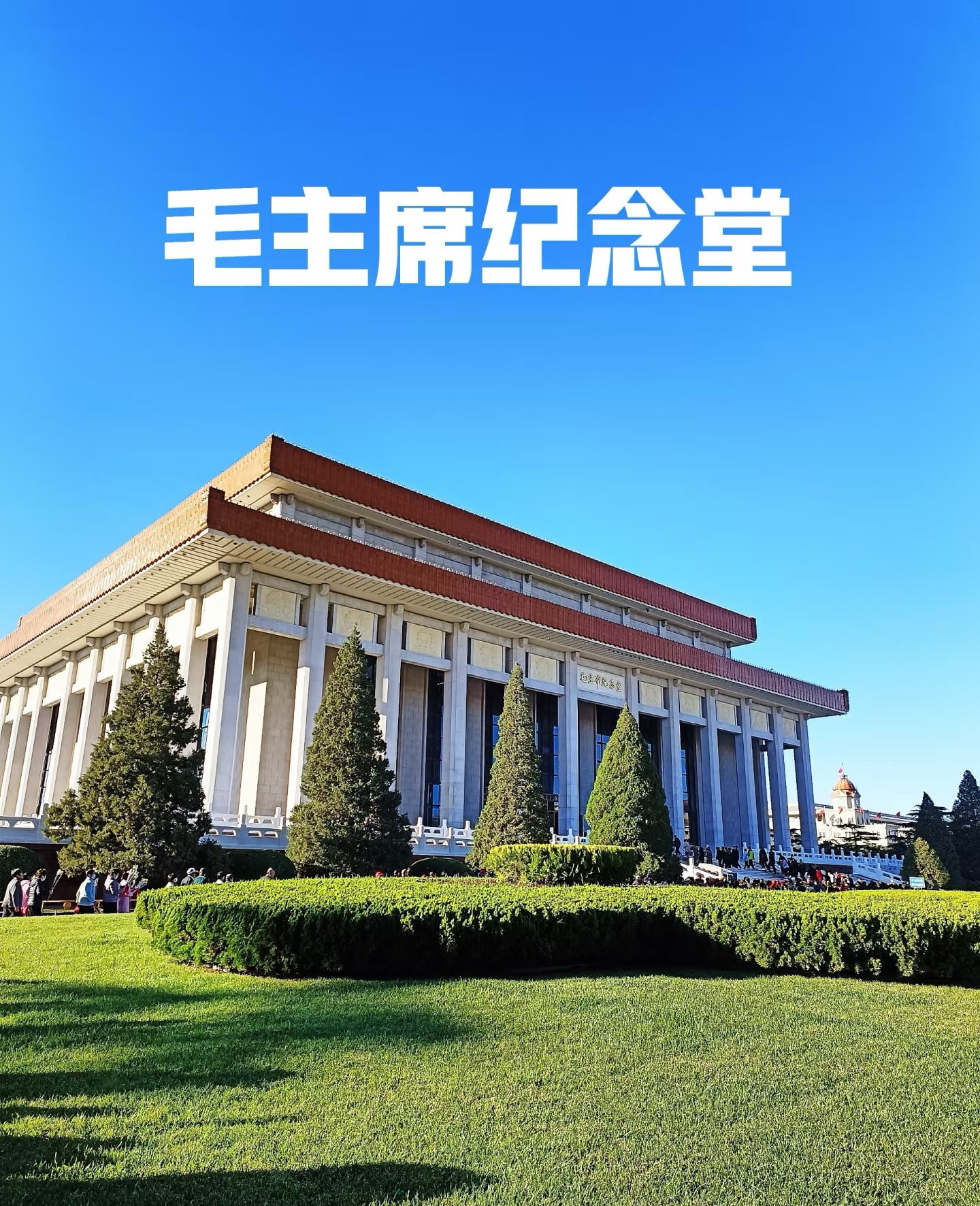

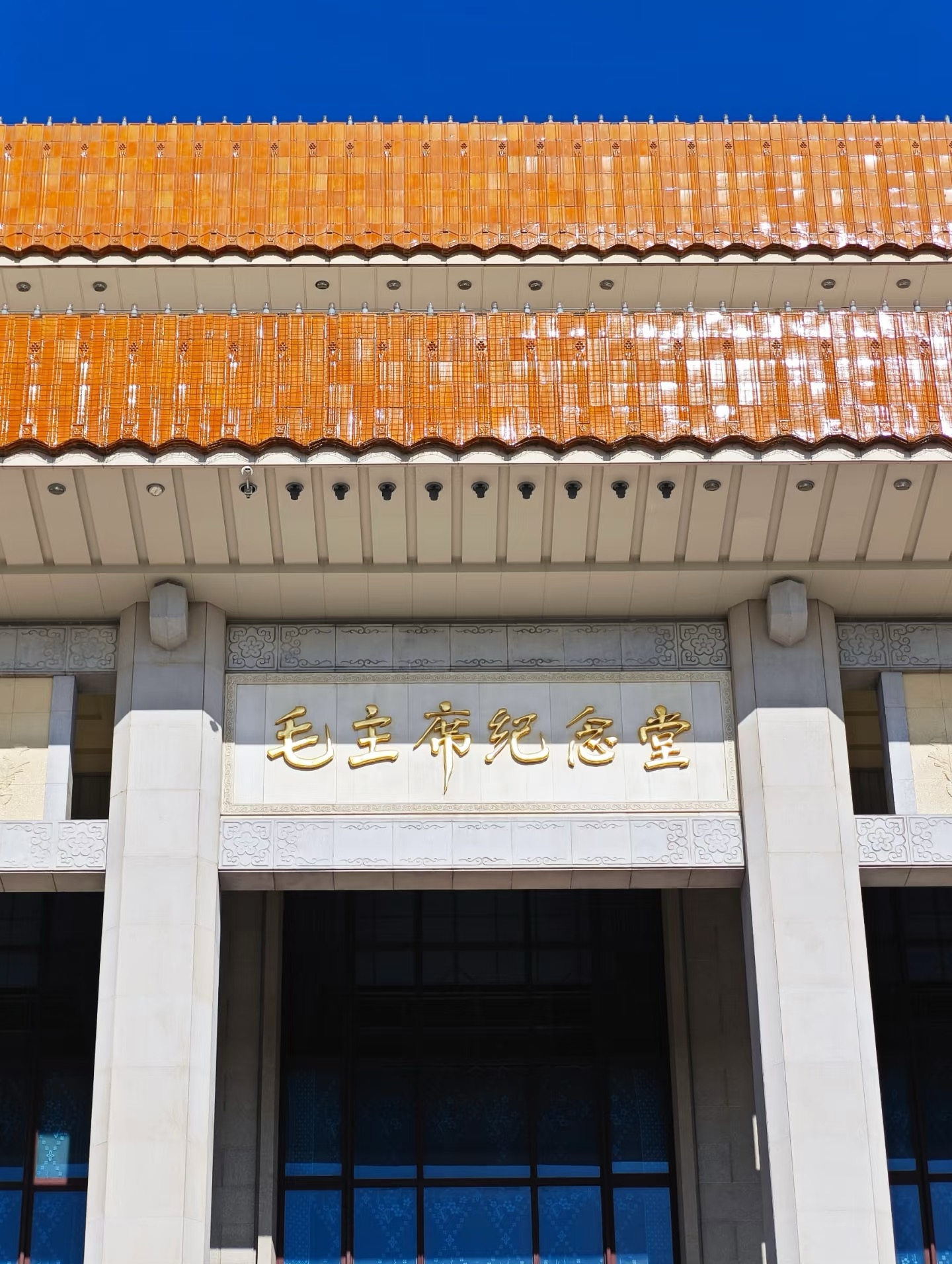
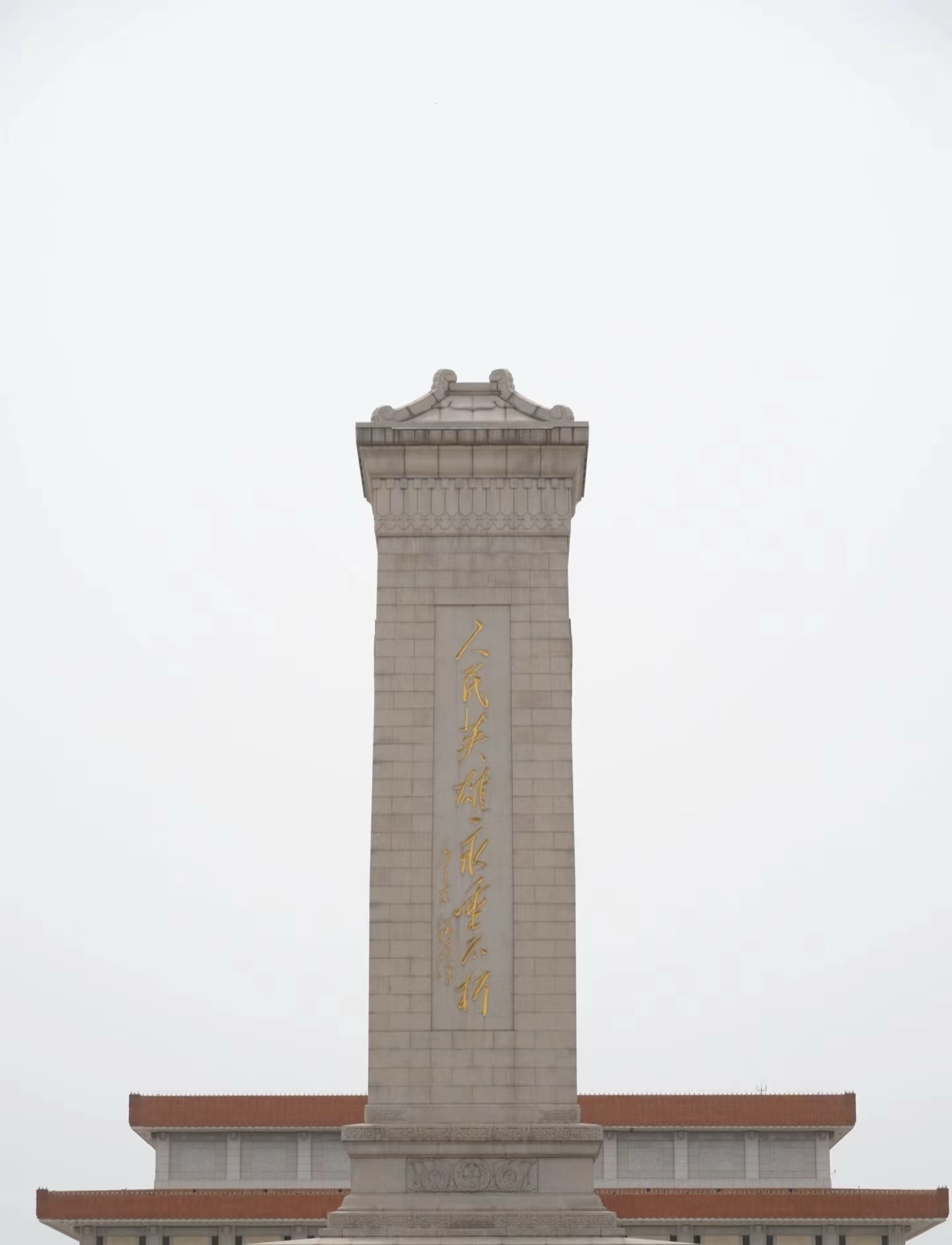
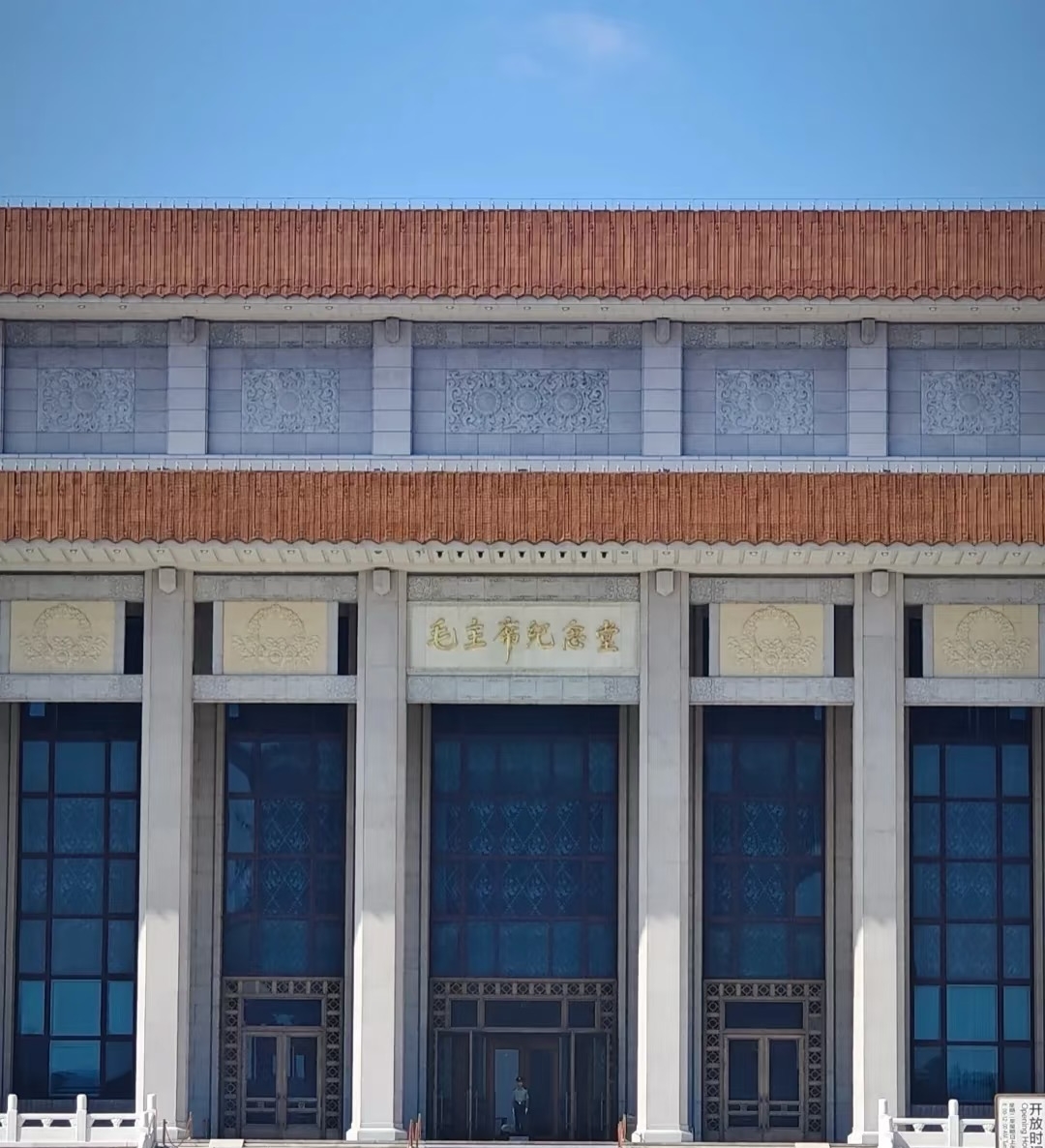
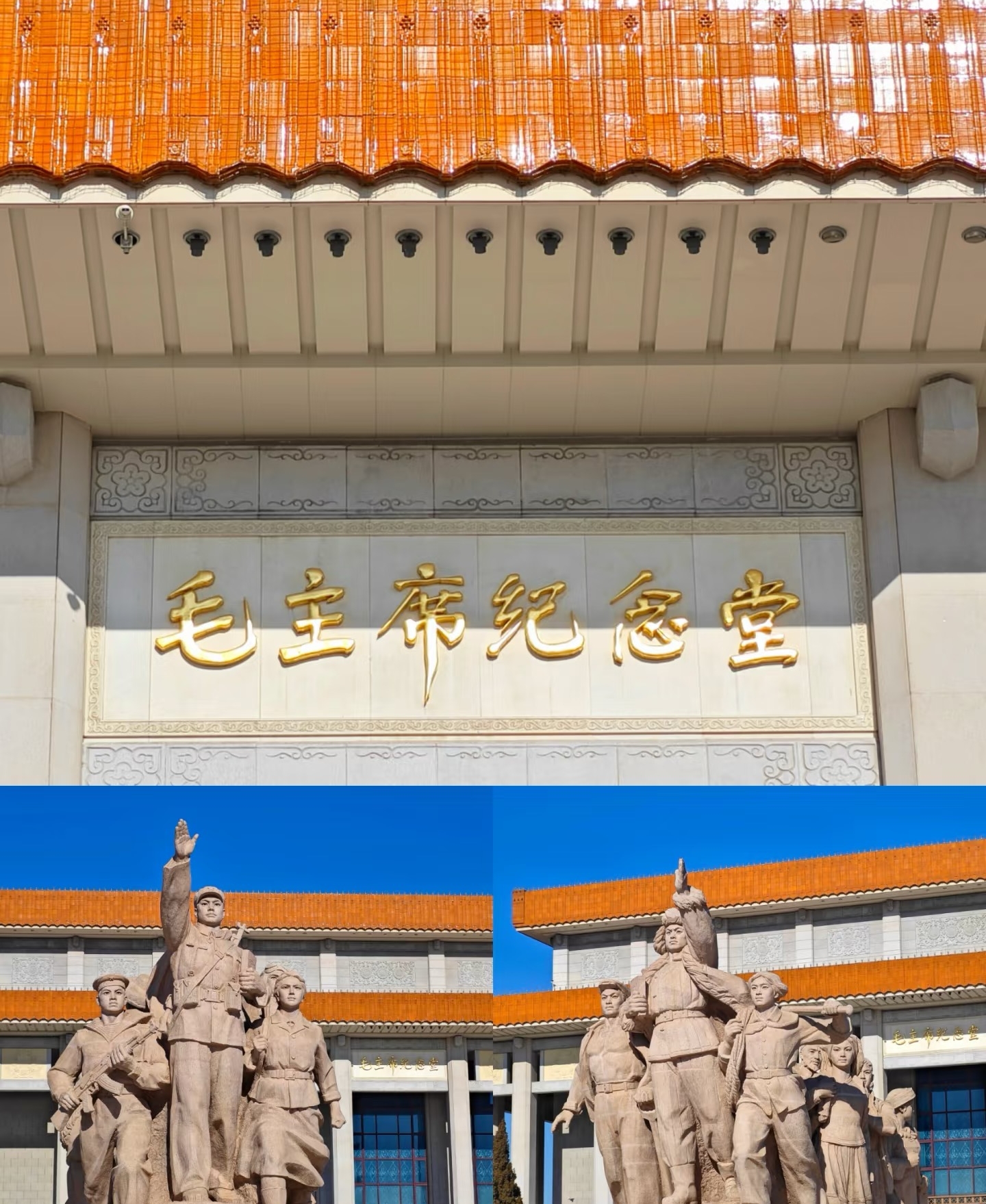
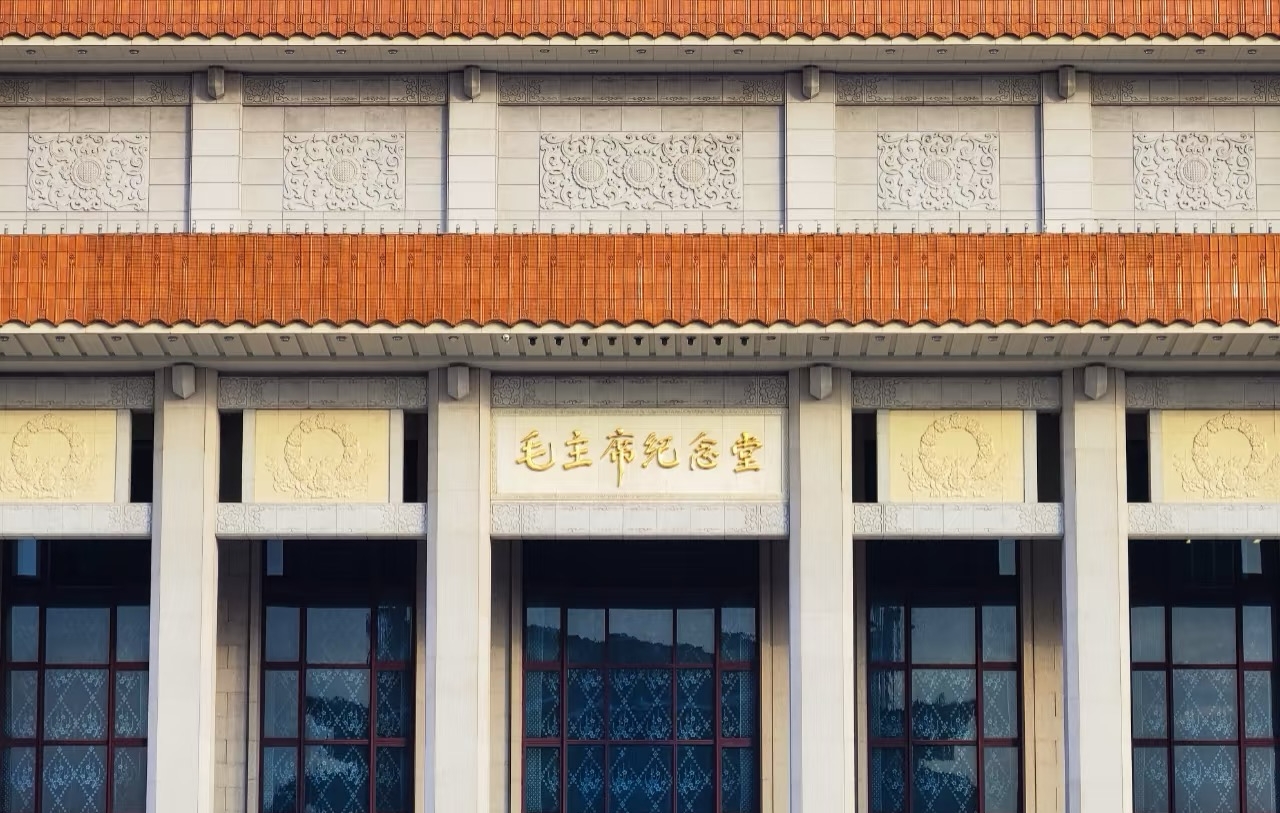
Chairman Mao Memorial Hall
The Chairman Mao Memorial Hall, also known as the Mausoleum of Mao Zedong, is the final resting place of Mao Zedong, the founding father of the People's Republic of China. Located in the center of Tiananmen Square, this grand memorial hall was built in 1977, shortly after Mao's death. Visitors can view the preserved body of Chairman Mao lying in state in a crystal coffin.
Information
Ticket price
Time
Location
South of Tian'anmen Square, Dongcheng District, Beijing, China
View maps
More about the trip
Chairman Mao Memorial Hall: A Revered Monument in Beijing
The Chairman Mao Memorial Hall, also known as the Mausoleum of Mao Zedong, is the final resting place of Mao Zedong, the founding father of the People's Republic of China. Located in the center of Tiananmen Square, this grand memorial hall was built in 1977, shortly after Mao's death. It is a significant political and historical landmark, attracting millions of visitors annually who come to pay their respects.
What to See and Do
View Mao Zedong's Preserved Body: The main purpose of the visit is to view the preserved body of Chairman Mao, which lies in state in a crystal coffin. Visitors walk past the coffin in a solemn procession.
North Hall: Before entering the main hall, visitors pass through the North Hall, which features a large marble statue of a seated Mao Zedong and a mural depicting the Chinese landscape.
South Hall: After viewing the body, visitors exit through the South Hall, which contains a poem by Mao Zedong and a gift shop.
Tiananmen Square: The Memorial Hall is located in the heart of Tiananmen Square, allowing visitors to combine their visit with other iconic landmarks like the Tiananmen Gate, Monument to the People's Heroes, and the National Museum of China.
Best Time to Visit
The Memorial Hall has very strict visiting hours, typically only open in the mornings (e.g., 8:00 AM to 12:00 PM) and often closed on Mondays and during national holidays or special events. It's crucial to check the official opening hours before your visit. Arrive early, as queues can be very long.
How to Get There
The Chairman Mao Memorial Hall is located in Tiananmen Square. Take Metro Line 1 to Tiananmen East Station (天安门东站) or Tiananmen West Station (天安门西站), or Metro Line 2 to Qianmen Station (前门站). The square is easily accessible from these stations.
Travel Tips
Strict Rules: Be aware of very strict rules: no bags (store them at a designated locker facility nearby), no cameras, no food or drink, no hats, no sunglasses, and no talking inside the hall. Dress respectfully.
Long Queues: Expect very long queues, especially during peak season. The line moves quickly, but it can still take a significant amount of time.
Security Check: Be prepared for multiple security checks.
Combine with Tiananmen Square: Plan your visit to the Memorial Hall as part of a broader exploration of Tiananmen Square and its surrounding attractions.

